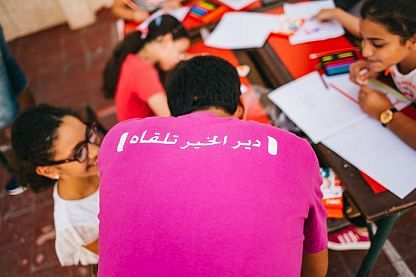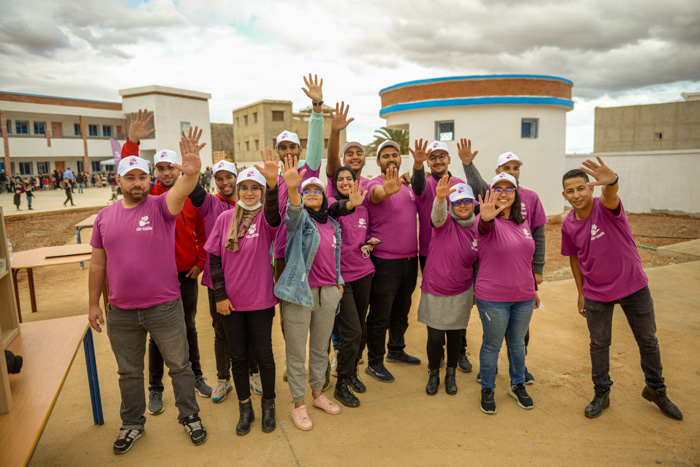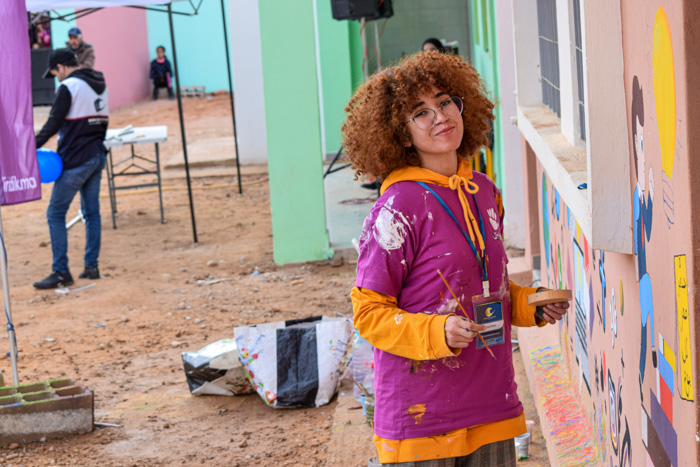
The 50,000 active associations listed by the High Commission for Planning in 2011 make Moroccan society one of the most committed and dynamic in the MENA (North Africa and the Middle East) region. Associations working for social and educational development also constitute an underestimated economic player capable of generating activity and employment.
Nevertheless, the associative fabric – i.e., both volunteers and associations – will need to rise to the challenges of the 21st century to meet the socio-economic needs of Morocco.
Alternative Financial Sources
In a study conducted by Dir iddik among associations with which the platform collaborates, financial constraints are the most frequently mentioned problem, with more than 75% of associations citing them as an issue. These include logistical and technical needs, communication needs (printing of materials, online promotion, management of social profiles) and the lack of a dedicated space for meetings and activities.
However, several associations are showing ingenuity in overcoming these limitations by moving away from membership fees or government grants as their primary source of funding. For example, clubs at colleges and universities regularly hold revenue-generating events, such as galas and ticketed parties. Other youth networks are innovating in their communication methods and are wholeheartedly embracing the Internet, thereby appealing to private companies, sponsors and patrons who wish to gain visibility by associating themselves with such initiatives.
Today, social platforms are excellent intermediaries for raising funds, calling for donations and mobilizing volunteers. The Rotary and JLM networks often use them to organize solidarity caravans and winter food distribution campaigns in remote regions.
Other associations turn to international donors (MEPI, USAID, GIZ, etc.) using long-term programs to reach hundreds of beneficiaries and mobilize crowds of volunteers. Nevertheless, internal self-training is necessary to be able to bid for such programs and obtain funding. A good knowledge of the legal and administrative procedures, transparency in the management of the association, and mastery of foreign languages (especially English and French) are also crucial.
On a different note, the MIRLA (Movement of Initiatives for the Reform of the Laws of Associations in Morocco) collective, which brings together 1,000 associations, advocates for the establishment of incentives for financial support for associative work with the private sector.
In short, associations are innovating and advocating for greater financial autonomy.
Rejuvenating the Workforce
The simplification of administrative procedures has encouraged numerous young people to create associations or join existing ones. New blood has gradually replaced aging executives (presidents, secretaries, treasurers, etc.), importing innovative ideas and more efficient ways of working.
Associations today need to attract younger members (Millennials) who are able to respond to current issues, integrate modern solutions and mobilize equally young volunteers.
To this end, schools and universities are gradually integrating social work and altruism into their academic curricula by encouraging students to mobilize in clubs as well as consider volunteering in different ways, particularly as volunteering experience is a new and decisive factor in employability.
Training as a Key to Success
The state – like the private sector – emphasizes its desire (and the need) to support civil society and the values of citizenship that flow from it. Dir iddik, like many other committed and responsible initiatives, is diversifying its forms of support. One of these is a tailor-made training program – the result of a preliminary study of associations’ strengths and main gaps – that accompanies several dozen associations throughout the course of the year.
Training on communication techniques, project management, good financial governance, and fundraising, among others, has already been provided. In addition, a web platform has been set up to promote action and recruit volunteers.
A growing number of associations have understood that they can no longer live hand-to-mouth. In order to perpetuate their activities, become autonomous, and generate income beyond donations and sponsorship, they have embraced modernity and innovation, showing the way for the tens of thousands waiting to follow their example.



